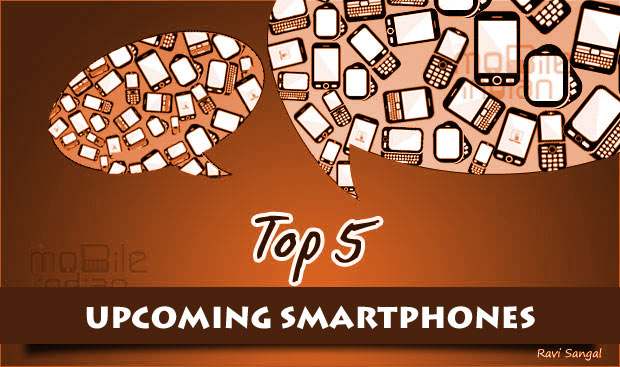Premium smartphones are desirable but but buying one will put a hole in your pocket for sure. But they are worth their price as they offer the best contemporary technologies – both hardware and software to be enjoyed even with next major update.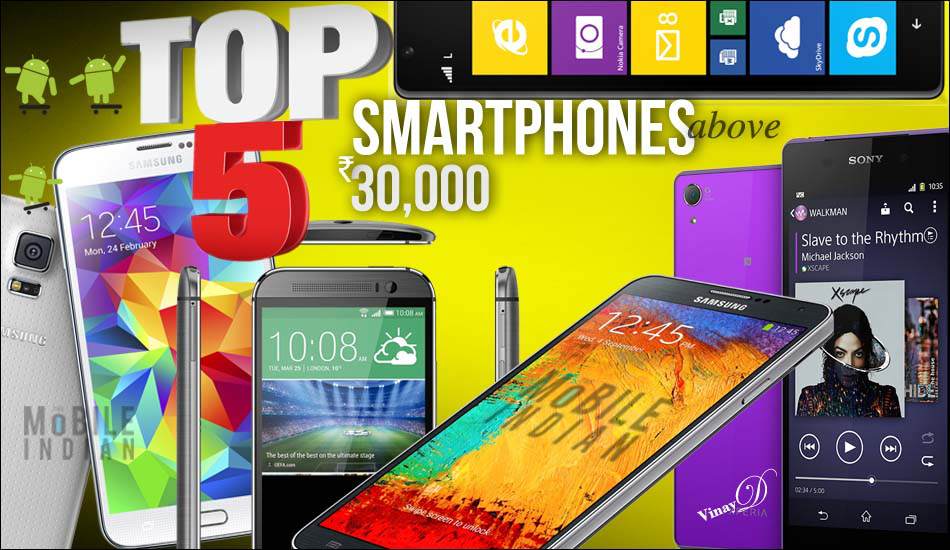
So if you could afford these premium smartphones then you should check out this article of top five smartphones above Rs 30,000. All these devices come with the latest software and even are eligible for future updates.
The water and dust proof Sony Xperia Z2 is 8.2 mm thick and weighs 158 grams. Sony Xperia Z2 features a 5.2-inch full HD TRILUMINOS display with Live Colour LED for mobile and X-Reality picture engine. This display promises realistic and vivid visual images. By default the display supports 1920×1080 pixel resolution.
The Xperia Z2 is powered by the quad-core 2.3 GHz Qualcomm Snapdragon 801 MSM9874AB processor and the Adreno 330 GPU. The Xperia Z2 offers 3 GB RAM for best possible experience on the device running Google Android 4.4.2 KitKat with Sony Mobile’s customisations on top of it.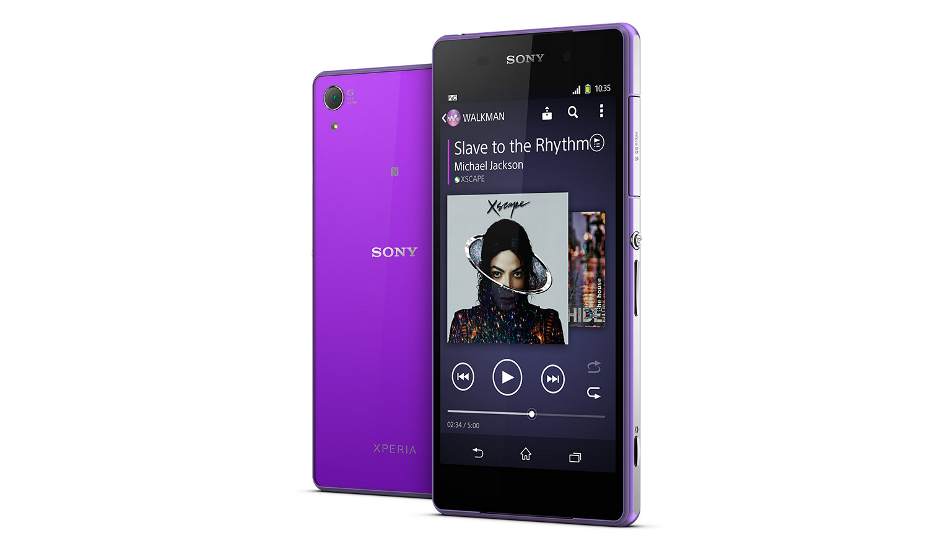
In Xperia Z2, there is a 20.7 megapixel rear camera with G Lens optics and Exmor RS imaging sensor and BIONZ mobile image processing engine. Xperia Z2 is capable enough to record 4K resolution videos along with SteadyShot image stabilisation technology. Sony has packed a high density stereo microphone to record high quality stereo audio along with the 4K resolution video recording.
The Xperia Z2 is PlayStation Certified and has a PlayStation App that gives users access to a large library of games. Sony has packed a 3200 mAh battery inside the Xperia Z2 to make it easily usable for longer time. Users can enjoy variety of multimedia files on this phone and faster mobile internet is promised through 4G LTE, 3G network along with WiFi support.
###PAGE###
HTC One M8
HTC One M8 is the company’s flagship device packed in a brushed aluminum chassis. The One M8 offers a 5-inch display with full 1920×1080 HD resolution. Measuring 9.35mm thick, the One M8 weighs 160 grams. The One M8 houses a quad-core 2.3 GHz Qualcomm Snapdragon 801 mobile processor with Adreno 330 GPU and 2 GB RAM. The One M8 offers the HTC Sense 6.0 experienced layered on top of the Android 4.4.2 KitKat. In the front it has dual stereo speakers touting the BoomSound technology.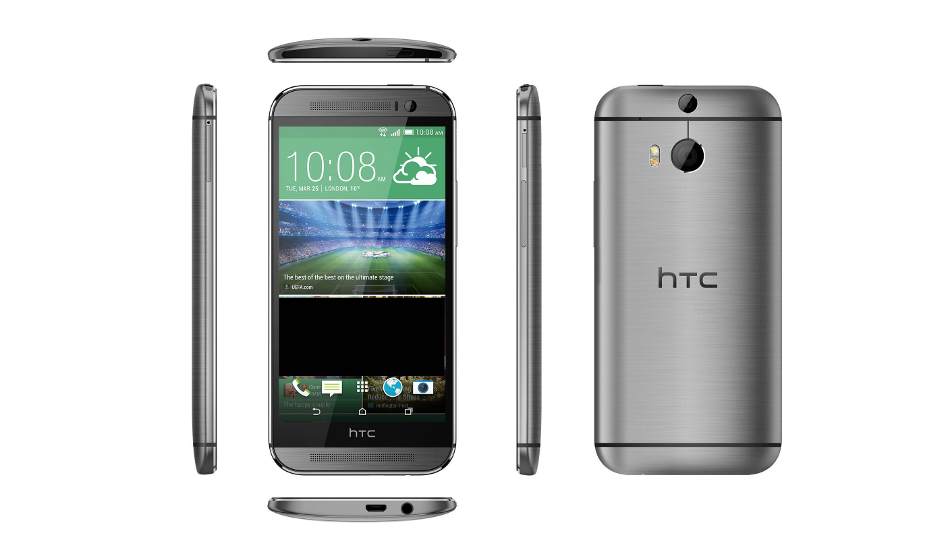
HTC One M8 comes with two 4 megapixel rear cameras touting the UltraPixel camera technology and the latest HTC ImageSense Chip to drive the camera DUO. The camera offers same set of features as the HTC One yet faster capturing experience and some fancy image editing effects. There is a 3D effect mode which allows the user to tilt the captured to certain degrees as well. Of course, the high quality full HD video recording is included. It has a 5 megapixel front camera as well for taking better self portrait shots.
Besides, the One M8 offers 2600 mAh Li-Po battery, NFC, Bluetooth 4.0, WiFi, and an expandable memory slot that can accommodate a micro SD card of up to 128 GB capacity.
Samsung Galaxy S5 is the company’s first flagship smartphone to feature water resistance capability, fingerprint sensor and heart rate sensor. Measuring 8.1 mm thick and 140 grams heavy, Samsung Galaxy S5 features a 5.1-inch full HD Super AMOLED touchscreen display with 1920×1080 resolution. This display has been made using Corning Gorilla Glass 3 for strength and resistance against usual wear-tear.
Samsung has powered it with a quad-core 2.5 GHz Qualcomm Snapdragon 801 mobile processor, Adreno 330 GPU and 2 GB RAM. Samsung added the new TouchWiz User Interface over the Android 4.4 KitKat in the Galaxy S5. At its rear, Samsung Galaxy S5 has a 16 megapixel camera that can record full HD videos and even Ultra HD 4k resolution videos. There is an LED flash besides the rear camera as well. The rear camera has a 1/2.6-inch sensor and features face detection, Autofocus with quick 0.3 second speed. Samsung has placed a 2 megapixel camera in the front of the phone for HD quality video calls.
The Galaxy S5 supports 4G LTE networks to offer speeds of up to 150 Mbps theoretically and Dual-Band Wi-Fi (802.11 a/b/g/n/ac) support includes the new Download Booster feature for faster downloads at up to 400 Mbps. Samsung has also added the WiFi Direct feature to connect with supporting devices. Bunch of Sensors on the smartphone includes Accelerometer, Gyro, Proximity, Compass, Barometer, Hall, RGB ambient light, Gesture, Fingerprint and Heart Rate Sensor.
Other features of the Samsung Galaxy S5 include Bluetooth 4.0, ANT+, Infrared LED, Near Field Communication and GPS with A-GPS and GLONASS support. Samsung Galaxy S5 will be offered with 16 GB on-board storage and a memory slot to hold up to 128 GB MicroSD card. Supporting Micro USB 3.0, the Galaxy S5 packs a 2800 mAh battery.
###PAGE###
Nokia Lumia 1520
Nokia Lumia 1520 comes with Windows Phone 8 operating system. The Lumia 1520 has a 6-inch IPS LCD ClearBlack display with 1920×1080 pixel resolution and constructed using Corning Gorilla Glass 2 technology. The Lumia 1520 weighs 209 grams and is 8.7 mm thick. The phablet is run by a quad-core 2.2 GHz Qualcomm Snapdragon 800 mobile processor with help of Adreno 330 GPU and 2 GB RAM. By default, the Lumia 1520 has 32 GB on-board storage and one can add up to 64 GB microSD card.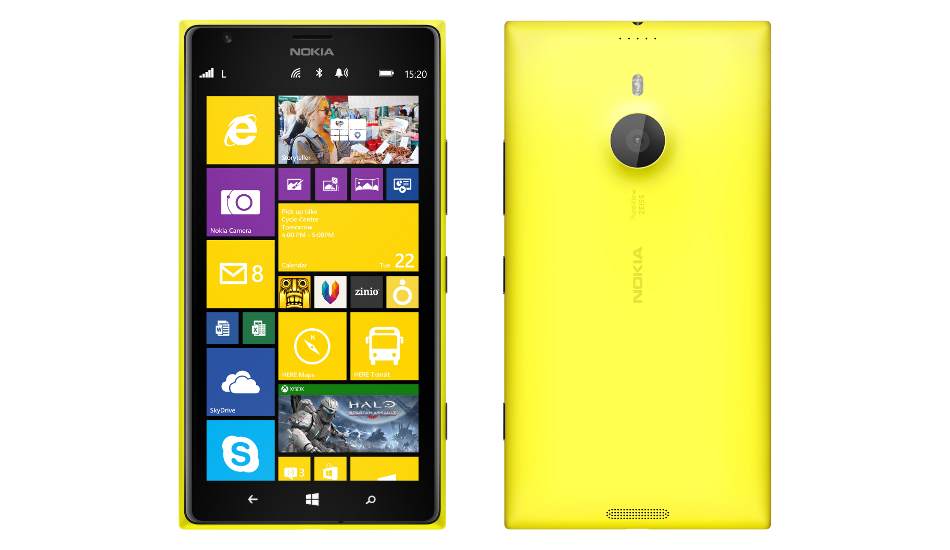
Nokia has placed a 20 megapixel camera with Carl Zeiss optics and PureView imaging technology in its rear for top quality imaging. The camera can record high quality 1080p videos with stereo sound. In the front, it has a 1.2 megapixel camera for video calling. Nokia has packed several new apps such as Refocus, Storyteller, Here Maps, and new Nokia MixRadio. The Lumia 1520 not only has a big display but also powerful hardware to support it. Nokia has added a 3400 mAh battery to run the large screen and powerful hardware for long hours. Check our review of the Lumia 1520 here.
Samsung Galaxy Note 3 flaunts a 5.7 inch full HD Super AMOLED Display and a 1.9 GHz Samsung Exynos 5 Octa processor. The display has been constructed using the Corning Gorilla Glass 3 technology. The processor consists of four Cortex-A15 processing cores, clocked at 1.9 GHz, to take care of heavy processing and four Cortex-A7 cores which are clocked at 1.3 GHz to take care of low end computing, offering battery savings and performance at the same time. Galaxy Note 3 comes packed with 3 GB RAM. Samsung has added 32 GB internal storage and memory slot to support up to a 64 GB micro SD card.
Samsung has layered the Nature UX to run Android 4.3 Jelly Bean update smoothly over powerful hardware. The S Pen experience has been improved to offer better functionality. Samsung Galaxy Note 3 offers WiFi (802.11 a/b/g/n/ac), Near Field Communication, Bluetooth 4.0 LE, IR LED blaster, MHL 2.0 and GPS with GLONASS support.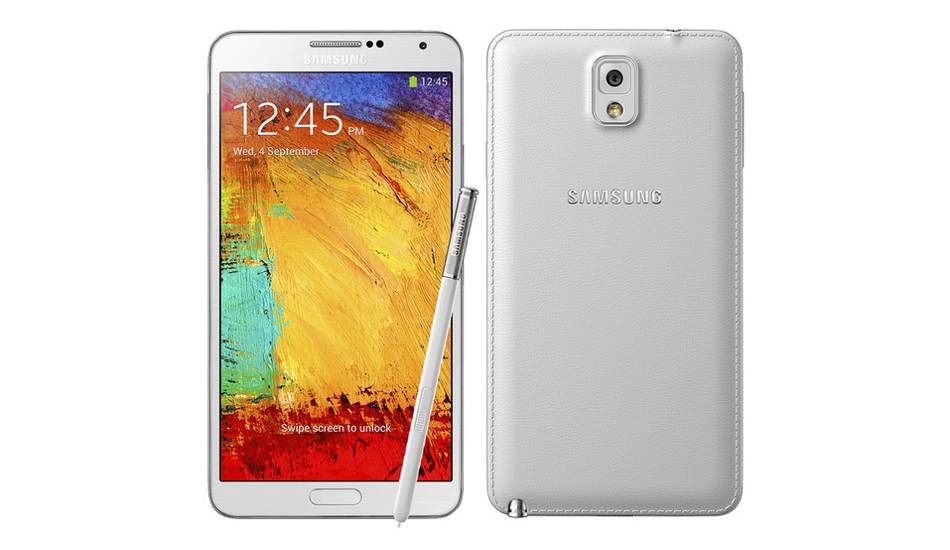
Samsung introduced the Note 3 with a 13 megapixel BSI sensor based camera with auto focus and LED flash. Galaxy Note 3 becomes the frontier to allow recording Ultra HD quality video in 3840×2160 pixel resolution at 30 frames per second. Also, the user can always go for a super fluid 1080p HD video at 60 frames per second. The only thing this phone might take a backstep is the optical image stabilization. However, the quality of the images and the video is top class. The Galaxy Note 3 offers dual-band Wi-Fi support, Bluetooth 4.0, NFC, Infrared Port, micro USB 3.0 port and USB host feature.
For accurate location locking, the phone offers GPS with A-GPS and GLONASS support. Samsung has packed 3200 mAh battery to make it run for a day’s time. Read our thoughts on the Galaxy Note 3 here.


